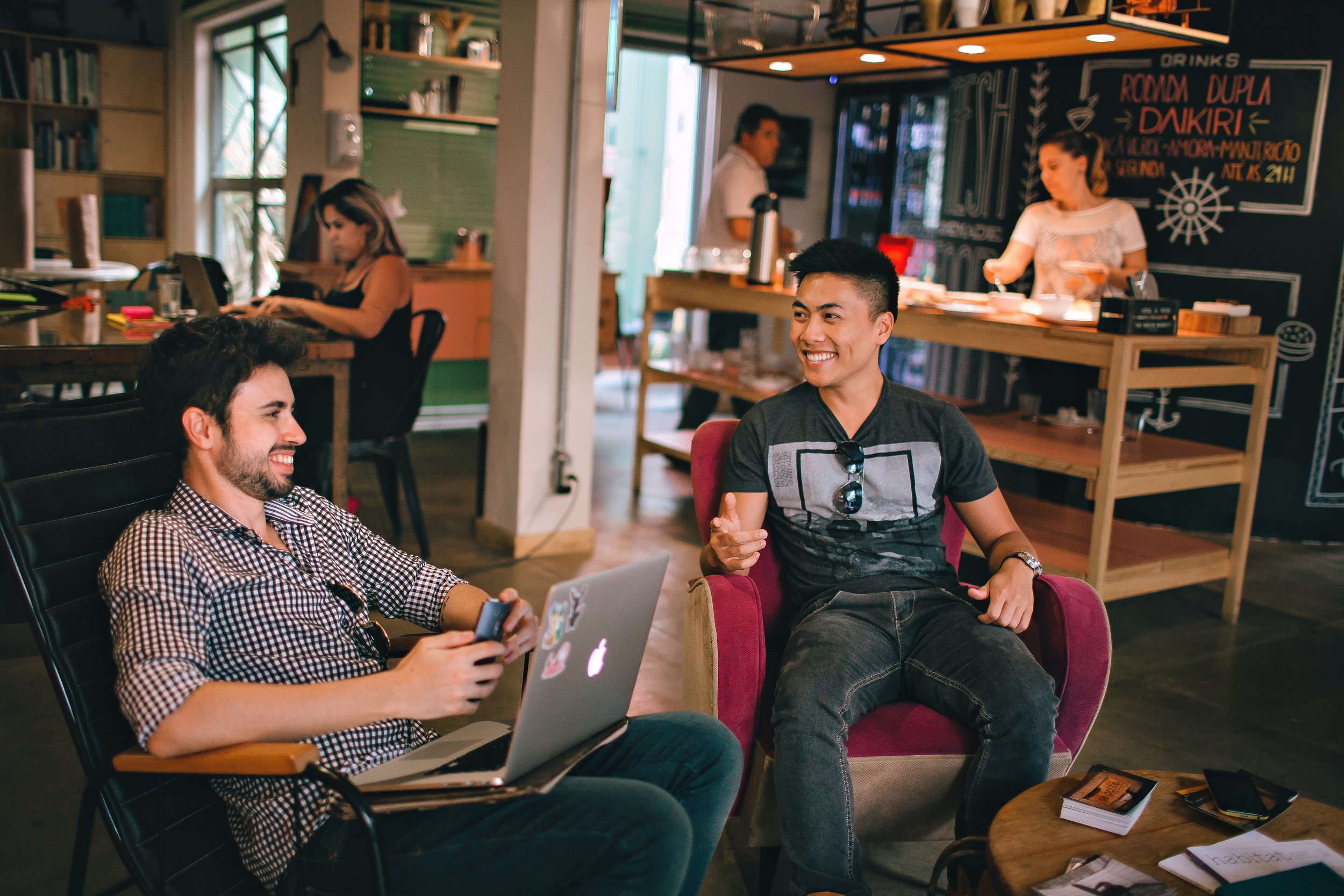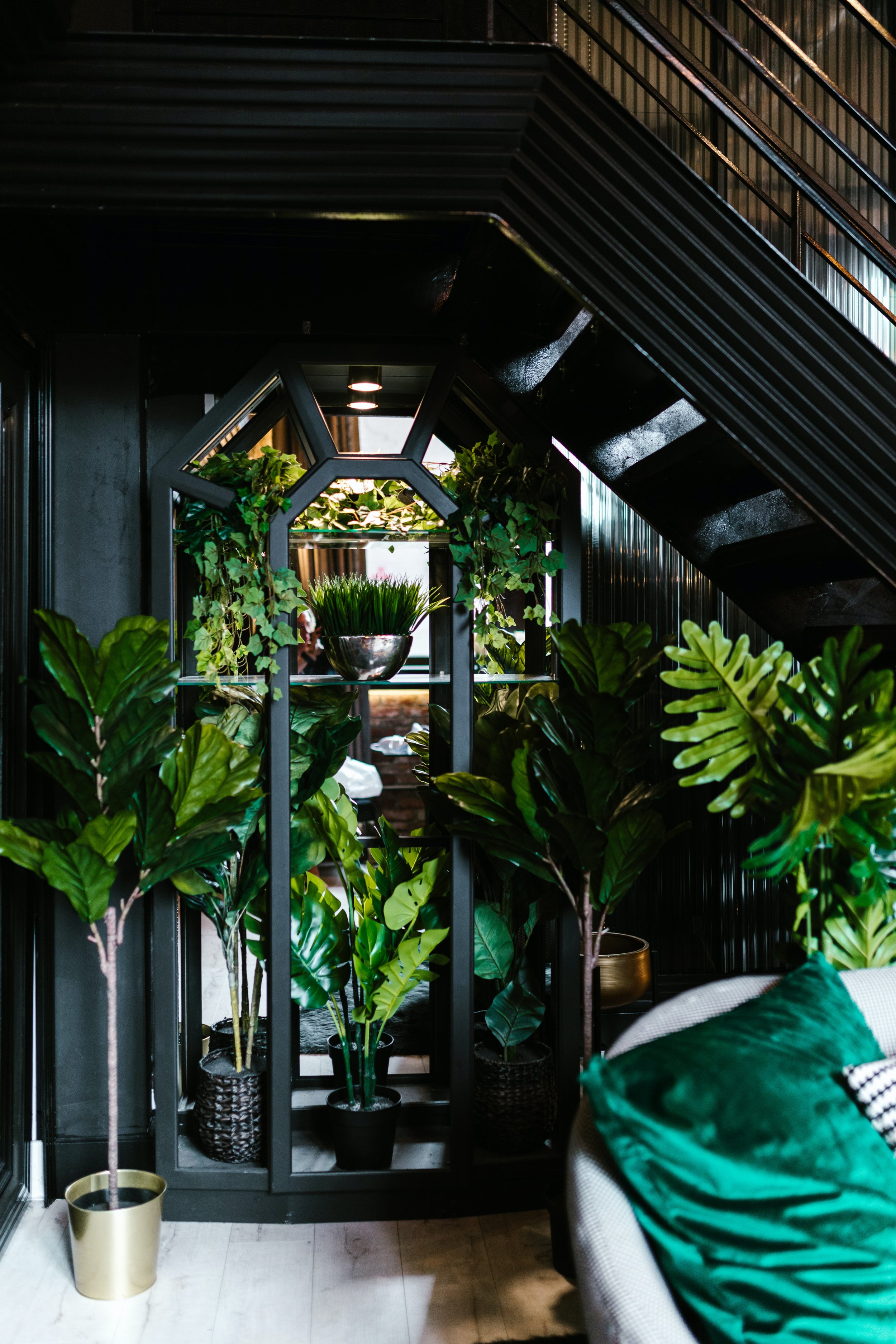Wellbeing in the workplace from a designer’s perspective
As mental health is understood more and in light of the Covid pandemic, employee wellbeing at work has been a priority for employers. Alongside measures such as more flexible working environments and wellbeing perks, design can have a huge impact in helping to foster an environment more conducive to wellbeing.
Traditionally, offices have been designed with functionality and practicality in mind, leaving us with grey, dreary, and uninspiring spaces. Nature is extremely important for physical and mental wellbeing and as we spend most of our time working, design features, such as living walls or indoor plans, can help incorporate nature into office spaces helping to alleviate stress.
A balance between collaboration and privacy is equally central to wellbeing. Details, such as break out spaces that can be used for meetings, nap pods, or meditation rooms are just a few ways in which well thought out design can ensure people feel comfortable in their workplace. This also ensures that employees feel at home in the workplace and contribute to the ever-important idea of a work/life balance.
A better work/life balance has been a priority for many companies particularly with the rise in hybrid work and various lockdowns behind us. Many offices are looking to use their spaces more flexibly for events and socials as well as meetings. Lockdowns and hybrid work have also meant that teams are rarely altogether, therefore having spaces that can be converted easily into social spaces are crucial to team building. Therefore, bearing this in mind when designing offices is key.
Finally, a greater emphasis on incorporating the newest technology into workplace design means that hybrid work, which so many companies have continued with since the pandemic, is as seamless as possible. Synchronised calendars, interactive dashboards and more sophisticated audio-visual equipment are just a few examples of how office spaces can be built to help make hybrid work as productive as possible with design.



